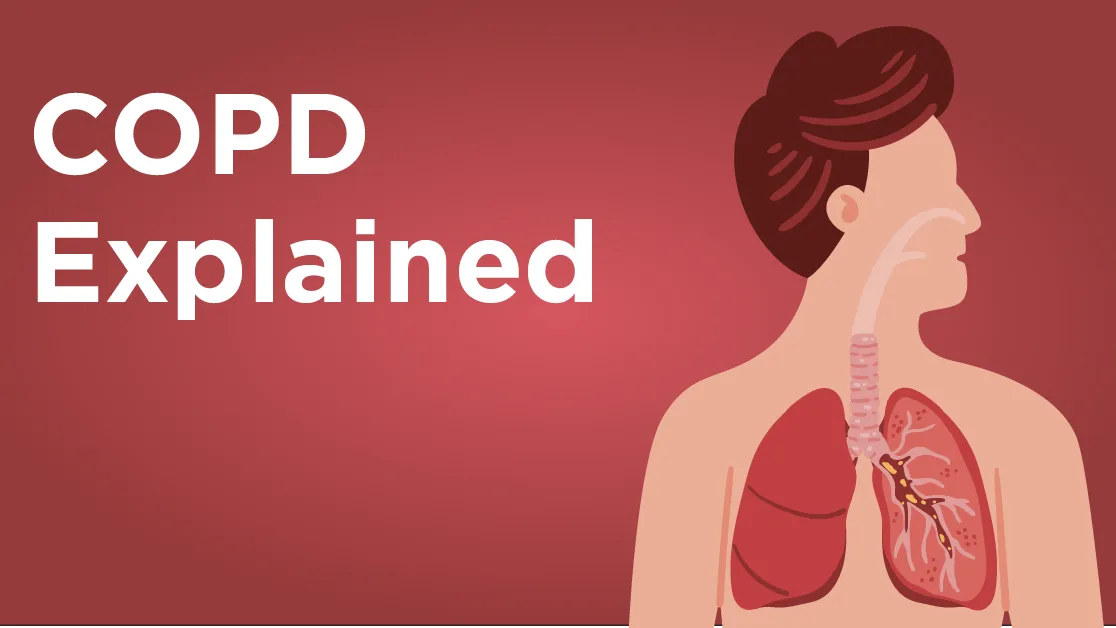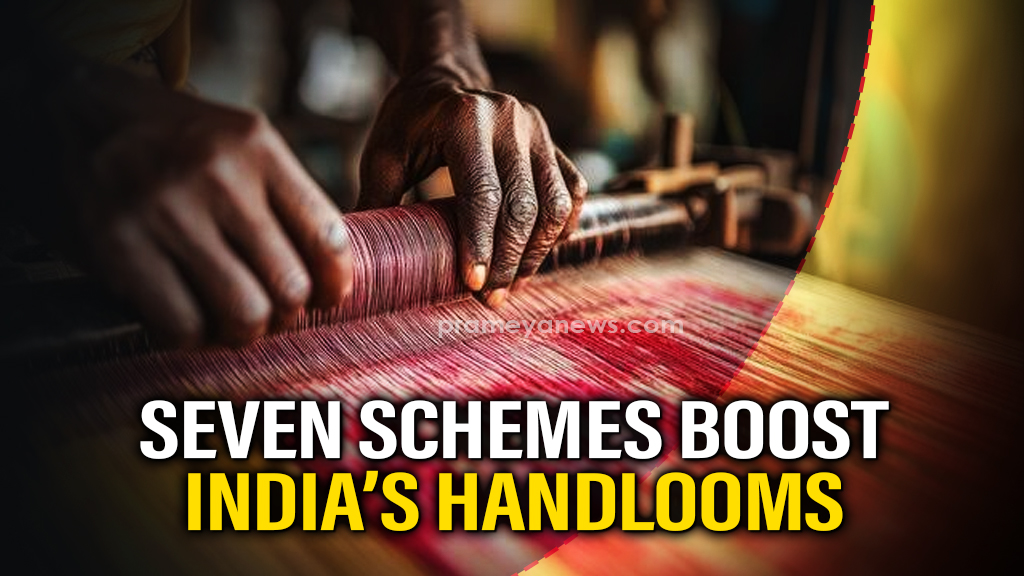

New Delhi, Aug 8: India’s handloom sector, renowned for its rich cultural heritage and intricate craftsmanship, continues to serve as a vital source of livelihood for millions. To uplift this community, the Government of India has rolled out several flagship schemes aimed at improving working conditions, increasing incomes, and expanding market access for artisans.
On National Handloom Day 2025, here’s a closer look at seven key initiatives that are transforming the lives of weavers nationwide:
1. National Handloom Development Programme (NHDP): Strengthening Clusters and Market Reach
NHDP focuses on sustainable growth of handloom clusters by modernising practices while preserving authenticity. It provides raw materials, design and technology upgrades, marketing through fairs, and infrastructure such as Urban Haats and marketing complexes, helping weavers become self-reliant and competitive.
2. Handloom Weavers’ Comprehensive Welfare Scheme (HWCWS): Social Security for Artisans
This scheme offers life, accidental, and disability insurance through PMJJBY, PMSBY, and MGBBY, ensuring financial stability and protection for weavers and their families during unforeseen events.
3. Weaver MUDRA Loan Scheme: Affordable Finance for Growth: Offering loans at a concessional interest rate of 6%, this scheme supports working capital and tool purchases. Individual weavers can receive up to ₹25,000 in margin money assistance, while organisations can access up to ₹20 lakh. The Ministry of Textiles bears the credit guarantee fee, with benefits directly transferred via the MUDRA Portal.
4. Workshed Scheme: Providing financial aid for worksheds near weavers’ homes, this scheme promotes safer, family-friendly work environments. Marginalised weavers, including women, SC/ST, transgender, and differently-abled artisans, receive full assistance, while others get 75% support.
5. Handloom Mark & India Handloom Brand: The Handloom Mark certifies authentic hand-woven products, while the India Handloom Brand highlights premium-quality, eco-friendly textiles. Both initiatives boost market trust and product value.
6. Comprehensive Handloom Cluster Development Scheme (CHCDS): Mega Cluster Support
CHCDS develops large handloom clusters of 15,000–25,000 looms, with funding of ₹40–70 crore over five years. Support includes raw material supply, worksheds, skill training, technology upgrades, CAD studios, and marketing infrastructure, covering regions such as Varanasi, Sivasagar, and Bhagalpur.
7. Raw Material Supply Scheme (RMSS): Active until 2025–26, RMSS ensures timely supply of subsidised quality yarn, encourages dyed yarn for diversification, reimburses freight costs, and offers a 15% price subsidy on cotton, silk, wool, linen, and blends.
As India celebrates its rich weaving traditions, these schemes stand as proof of the government’s commitment to preserving heritage while equipping artisans with modern tools, financial security, and global market opportunities.